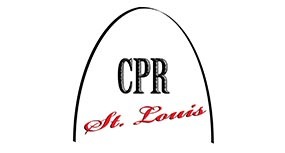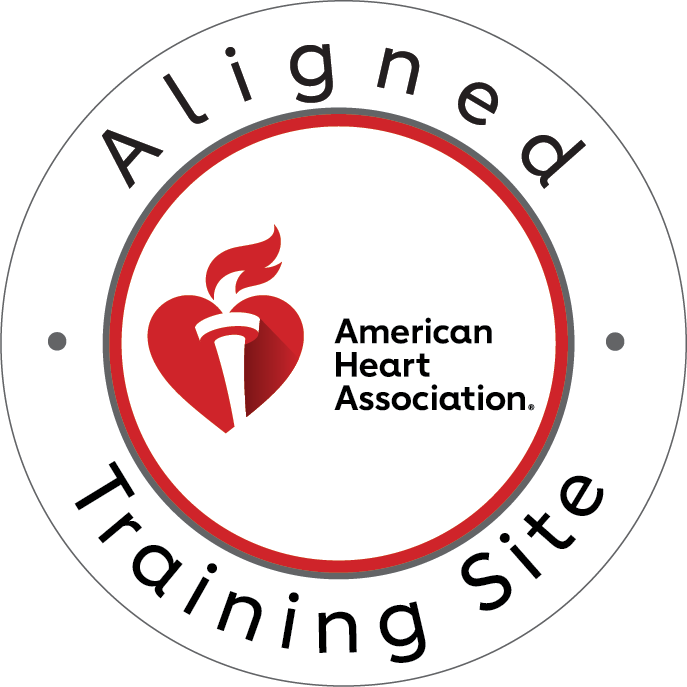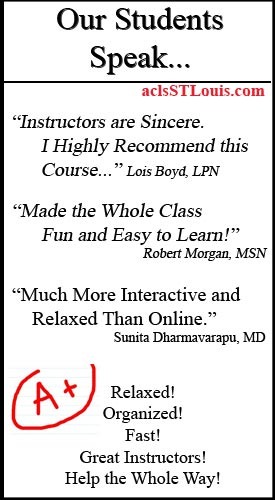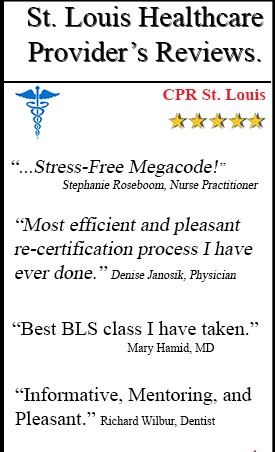Nervous System and Endocrine System = maintain homeostasis, control
Neural Tissue
Cells – Neuroglia and Neurons
Neuroglia (glial cells) – supporting cells
-CNS – 4 types
1. Ependymal cells
-line central canal of the spinal cord and ventricles of the brain
-ciliated – help circulate Cerebral Spinal Fluid in ventricles
-CSF – surrounds, cushions supports brain
-CSF exchanges nutrients and wastes with the interstitial fluid of the brain across ependymal cells
-Choroid Plexus – ependymal cells and capillaries
-site of CSF production (third ventricle)
-CSF is continually replaced
2. Astrocytes
-largest, most abundant
-Blood-Brain Barrier
-separates interstitial fluid of the brain and circulating blood
-Tight junctions – endothelial cells of capillaries
-astrocytes wrap capillaries and regulate permeability
-regulates interstitial fluid
–glucose and ions are pumped in
-permeable to lipids, CO2, O2
-most chemicals cannot pass
Blood supply to the brain
↓ ↓
Blood-Brain Barrier and Blood-CFS Barrier
(tight junctions and (choroid plexus)
astrocytes) ↓
↓ ↓
Neurons/Neuroglia <——– > interstitial fluid <——– > CSF
(intracellular)
3. Oligodendrocytes
-membranes wrap axons in CNS
-myelin – white membranous insulation, speeds up nerve transmission
-axons wrapped in myelin sheath
-white matter
-nodes of Ranvier (ran-vE-A)
-gaps in myelin sheath along the axon
4. Microglia
-phagocytes
PNS – 2 types
1. Satellite cells – surround neuron cell body
– regulates interstitial fluid (environment around cells)
2. Schwann cells – myelinate axons in PNS
Neurons (nerve cells)
-conducts nerve impulses
-amitotic
-can live over 100 years
-high metabolic rate – constant need for O2 and nutrients
Structure of a Neuron
-cell body (perikaryon)
-nucleus with nucleolus
-normal organelles
-Nissl bodies – a cluster of rER; gives cell body gray appearance (gray matter)
-no centrioles – amitotic
-Nuclei – cluster of cell bodies in CNS
-Ganglia – cluster of cell bodies in PNS; surrounded by satellite cells
-processes – extensions from the cell body; 2 types
–Dendrites – receive information from other neurons
-numerous
-conduct Graded Potentials toward the cell body
–Axon – the initial segment arises from the axon hillock of the cell body
-axons branch and terminate in synaptic terminals
-synaptic terminals contain synaptic vesicles with neurotransmitters
-conduct Action Potentials away from the cell body
-Tracts – bundles of axons in CNS
-Nerve – bundles of axons in PNS
Neurophysiology
Membranes
-Polarized / Transmembrane potential – charge difference across the membrane
-Resting membrane potential – transmembrane potential at rest
-Membranes selectively permeable and negative on the inside
-intracellular fluid (cytosol) – high in K+ and proteins-
-extracellular fluid (interstitial fluid) – high in Na+ and Cl-
-proteins do not pass
-membrane more leaky to K+ than Na+ = negativity on inside
-creates a potential difference
-Na+/K+ pump = pumps out 3 Na+ / pumps in 2 K+
-ATP dependent, against gradient
-maintains resting membrane potential
-Ohm’s Law
Current = Voltage / Resistance
Volts = measure of potential difference across the membrane (-70 mV)
Current = movement of charged particles
Resistance = restricts ion movement (membrane)
–Membrane channels
-proteins in membranes – control movement of ions across the membrane
-2 classes of channels
1. Leak channels – always open
2. Gated channels – closed for resting cell
1) Chemically gated – chemical stimuli (neurotransmitter)
-dendrites and cell body
-Graded Potentials
2) Voltage-gated – open due to changes in membrane potential
-axons and sarcolemma
-Action Potentials
Action Potentials
-occur on axons
-voltage-gated channels
STEPS
Resting membrane potential (-70mV)
-Voltage-gated channels are closed
1. Depolarization to Threshold
-local current changes (graded potentials) bring the membrane to the threshold (-60 mV)
-depolarization – inside of membrane becomes less negative (more positive)
2. Rapid Depolarization
-at threshold, -60mV, voltage-gated Na+ channels open
-Na+ rushes in
-membrane depolarizes from -60mV to +30 mV
–All-or-None principle – action potential will occur when the membrane
potential reaches threshold, -60 mV
3. Repolarization
-at +30mV, Na+ channels close and voltage-gated K+ channels open
-K+ leave cell
-inside becomes more negative (less positive)
4. Hyperpolarization (-90mV)
-K+ channels close too slowly
**Resting membrane potential is restored (-70mV)
** Na+/K+ pump restores ion levels across the membrane
Propagation of Action Potential
-actions potentials spread across the entire membrane
-begins at the initial segment
-positive ions in axoplasm move laterally from the local area of polarity reversal to
the adjacent area that is negative and in interstitial fluid the positive ions move to the area
of negative charge
*This opens Na+ voltage-gated channels and triggers another action
potential ——–over and over across entire membrane
Propagation velocities of axons
1. Myelin
Saltatory propagation – “jumping”
-myelinated axons
-action potentials only occur at the node of Ranvier
-nodes are 1-2mm apart
2. Axon diameter
-larger the diameter, faster propagation speed
Fiber types
Type A
– largest diameter, heavy myelin
-140 m/s (300 miles/hour)
-motor neurons to skeletal muscle
Type B –
Type C
– unmyelinated, smallest diameter
-1 m/s (2 miles/hour)
-neurons to smooth muscle, glands
Chemical Synapse
-neurotransmitters
-axon of presynaptic neuron ———->dendrites of postsynaptic neuron
Cholinergic synapses – ACh
1. Action potential arrives and depolarizes synaptic knob
-voltage gated Ca2+ channels open and Ca2+ rushes into synaptic knob
-exocytosis of ACh
2. ACh diffuses across synaptic cleft (20nm) and binds to postsynaptic receptors on
dendrites
-postsynaptic receptors are chemically gated ion channels
-produce Graded Potentials
3. ACh is removed by AChE
Graded Potentials
-transient changes in transmembrane potential
-chemically gated channels open
Postsynaptic Potentials – graded potentials of postsynaptic membrane (dendrites)
-caused by neurotransmitter binding to postsynaptic receptors
1. Excitatory Postsynaptic Potential (EPSP)
-excitatory synapse, excite membrane
-neurotransmitter binding causes depolarization
-Na+ channels open
-promote Action Potentials
2. Inhibitory Postsynaptic Potential (IPSP)
-inhibitory synapse, inhibit membrane
-neurotransmitter binding causes hyperpolarization
-K+ channels open
-Cl- channels open
-inhibit Action Potentials
*receptors are linked to ion channels
*receptors determine if N.T. will excite or inhibit membrane
Summation
-EPSP and IPSP are added together at the axon hillock (accountant) and spread to the initial segment of the axon
-single EPSP depolarizes membrane about 0.5 mV
-combined EPSP must reach threshold(-60mV) at initial segment for action
potential to occur and be propagated
-Facilitation – neuron brought closer to the threshold
-summation of EPSPs
-drugs
-nicotine – stimulates ACh receptors, produces prolonged EPSPs
-caffeine, theobromine (cocoa), theophylline(tea)
-the lower threshold at the initial segment, smaller depolarization will
trigger action potential
-also, increase ACh released at synaptic knob
Disrupting Neural Function
1. Changes in pH / [H+]
-normal pH = 7.35-7.45
-rise in pH facilitates neurons
-at 7.8, spontaneous action potentials = convulsions
-drop in pH inhibits neurons
-at 7.0, decreased action potentials = person unresponsive
2. Ion (electrolytes) concentration changes; K+, Na+, Ca2+
3. Body temperature
-Increasing temperature facilitates neurons, hallucinations or convulsions
-decrease temperature inhibits neurons, lethargic and confused
4. Drugs
-Botulinus toxin – blocks ACh release; paralysis
-Botox – cosmetic purposes
-Venom of black widow spider – massive release of ACh; intense cramps, spasms
-Anticholinesterase drugs – blocks AChE
-military nerve gases
-extreme state of contraction
-Atropine – blocks ACh from binding; muscarinic receptors
-cardiac and smooth muscle
-can counteract anticholinesterase drugs
-Curare – blocks ACh receptors at neuromuscular junction
-nicotinic receptors
-plant extract used by S. American tribes to paralyze prey
-Nicotine – binds to and stimulates receptors on the postsynaptic membrane
Neurotransmitters
-chemicals stored and released by synaptic knob
-over 50 identified
Structural Classifications
1. Acetylcholine
-1st discovered, best studied
2. Biogenic Amines
-Catecholamines
–Norepinephrine, Epinephrine, Dopamine
-Indolamines
-Serotonin, Histamine
3. Amino Acids
-GABA (gamma-aminobutyric acid), Glycine —————> inhibitory
-Aspartate, Glutamate ————> excitatory
4. Neuropeptides
-Substance P, Neuropeptide Y
-Opioids
-endorphins, enkephalins
-Hormones
-CCK, ADH, OT
5. Gases
-NO, CO





